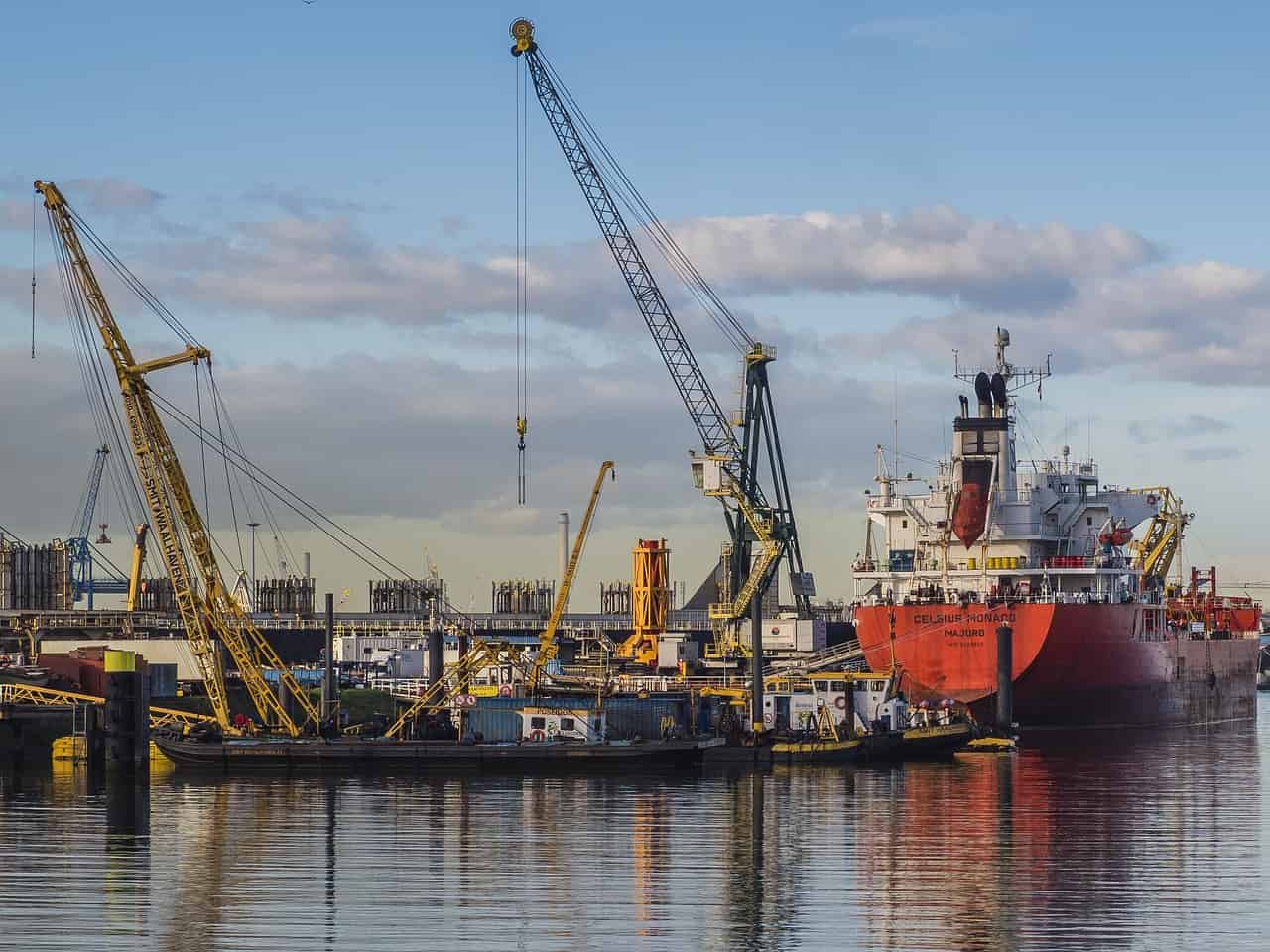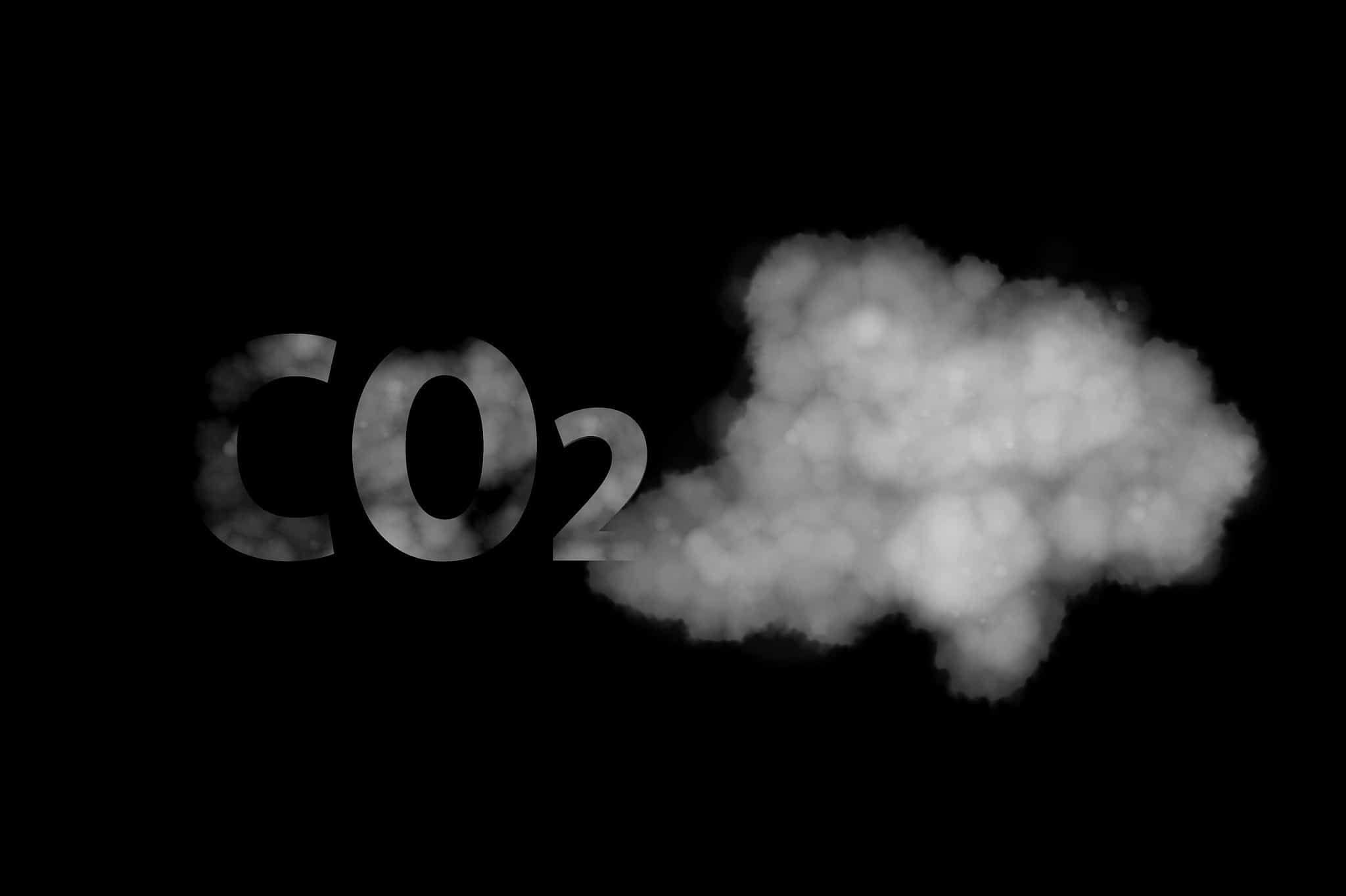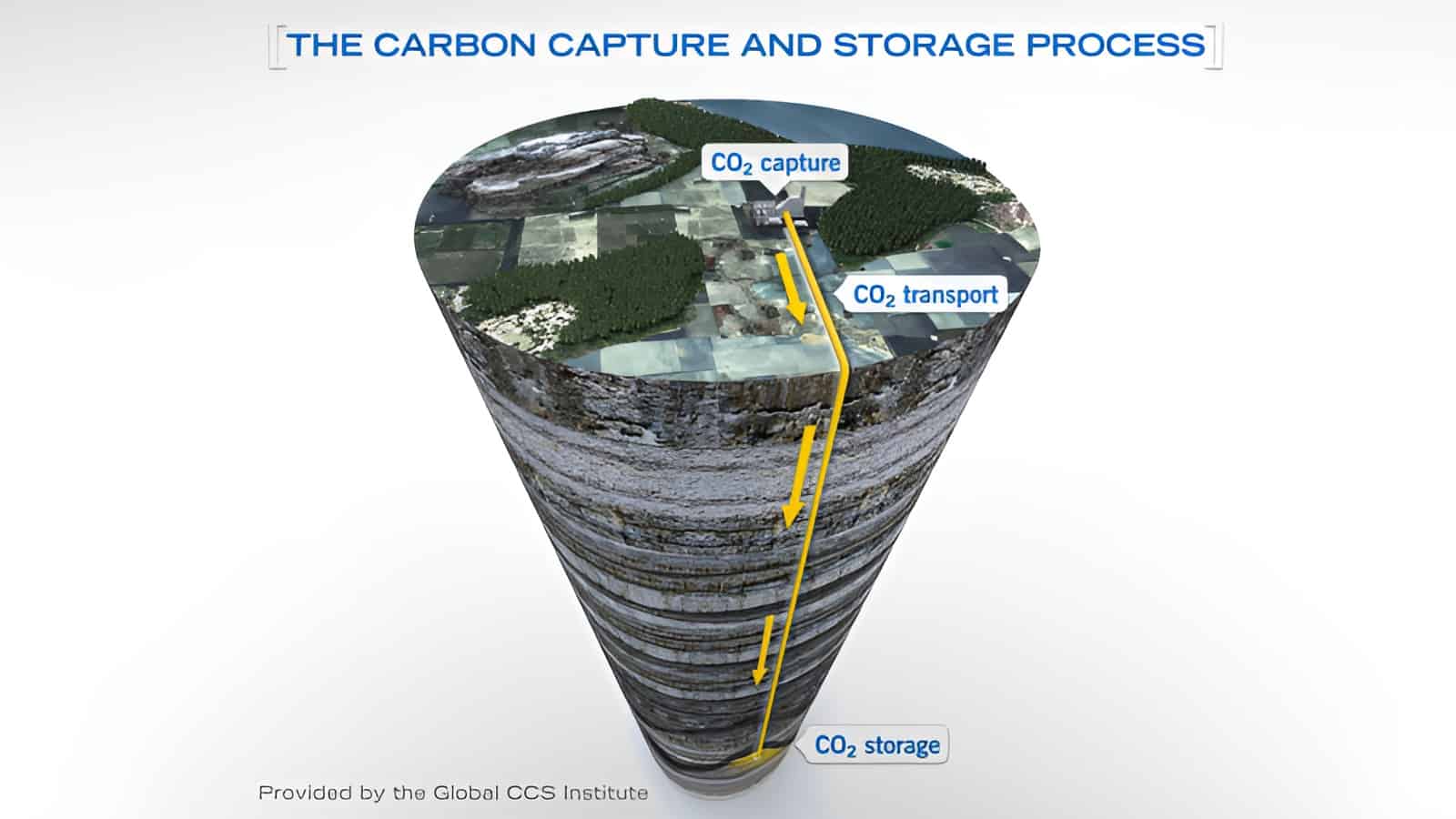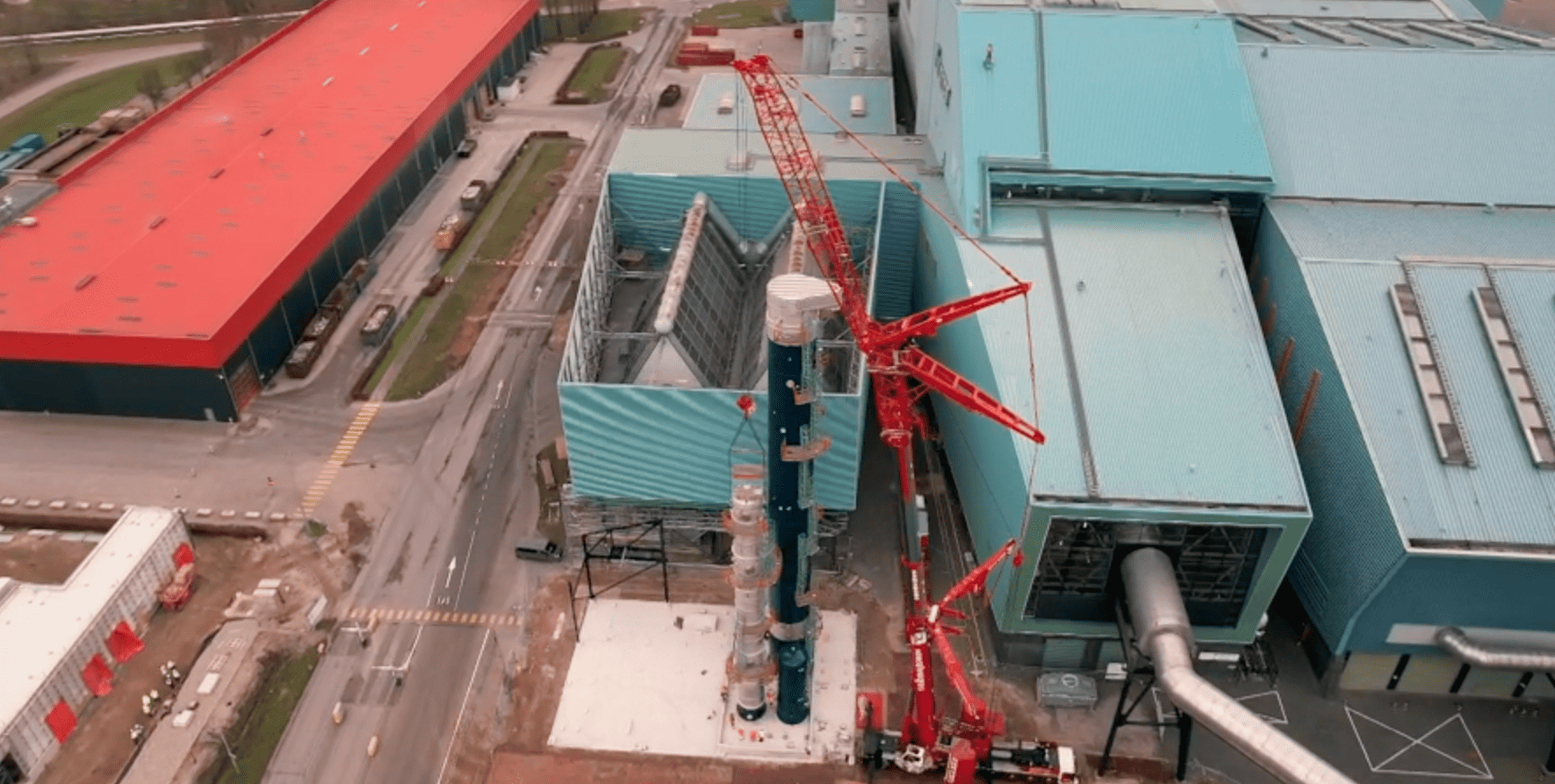
In Texas, Stratos is under construction: the largest carbon capture facility in the world. The goal is to remove 500,000 tons of CO2 from the atmosphere annually. Although the project receives financial support from the Biden administration, there is criticism. Some see it as a fossil industry-supported diversion.
- The world’s largest CCS plant is being built in Texas;
- US plans to remove more than 2 million tons of CO2 from the atmosphere annually;
- The technology is promising, but also raises questions and criticism.
The U.S. government is investing heavily in the development of Direct Air Capture (DAC) technology. The goal is to remove more than two million tons of CO2 from the atmosphere annually, an initiative that is the largest of its kind in the United States. The Biden administration has invested $1.2 billion in two projects: the South Texas DAC Hub in Texas and Project Cypress in Louisiana. These initiatives highlight the U.S. government’s commitment to reducing carbon emissions and investing in carbon capture technology.
The performance of different facilities varies widely, MIT said. Most carbon capture and storage (CCS) projects in the United States aim to capture 90 percent of CO2. Achieving higher levels of efficiency comes with greater challenges and costs. Implementing CCS requires larger equipment, more time, a lot of energy and a larger investment. Although some CCS projects have achieved efficiencies above 95 percent, higher percentages require stronger financial incentives such as a carbon price.

Europe versus the U.S.: different approaches
The differences in approach to carbon capture technology between Europe and the US are remarkable. In March 2023, the European Commission introduced the Net Zero Industry Act, which identifies CCUS as a strategic net-zero technology for which scaling up production capacity is crucial to achieving EU climate goals. Europe in general has taken a more proactive stance in the implementation of CCS projects.
In the United States, there are only a few dozen CCS projects. To achieve higher “capture” rates, greater financial incentives are needed, IEA said. and achieving higher capture rates would require greater financial incentives. Despite these challenges, the U.S. has taken significant steps to encourage CCS projects. The government has allocated funding under the Infrastructure Investment and Jobs Act and introduced changes to tax credits.
The challenges and opportunities of DAC
While DAC is a promising technology, it also raises questions about the energy requirements and environmental justice issues associated with it. Criticisms range from concerns about the high cost of the technology to uncertainties surrounding the storage of captured CO2. Clearly, much research is still needed to answer these questions and further develop the technology.
Nevertheless, experts emphasize that DAC could be an important part of a portfolio of carbon removal options. The ability to remove CO2 directly from the air presents a unique opportunity to combat climate change.







